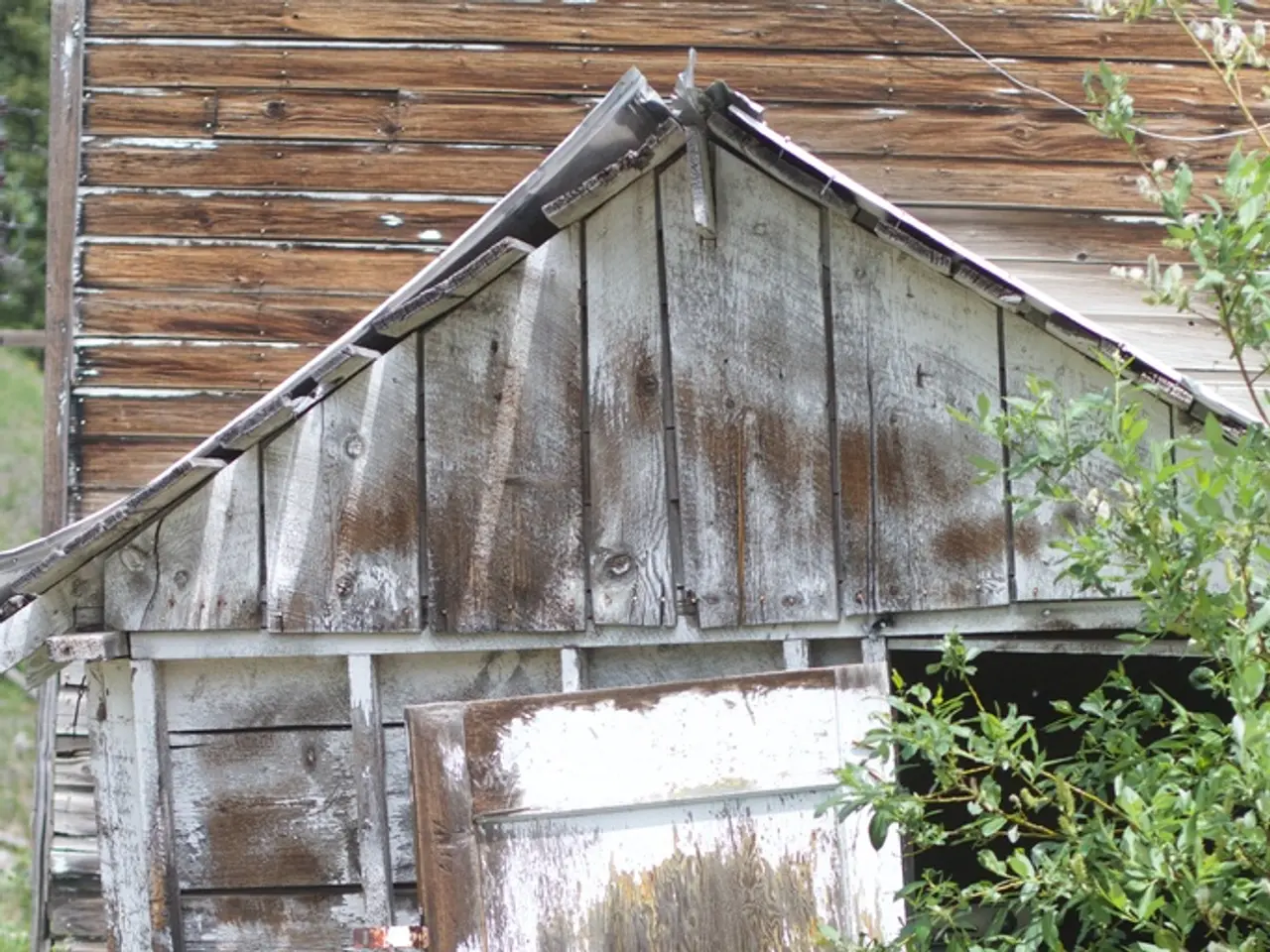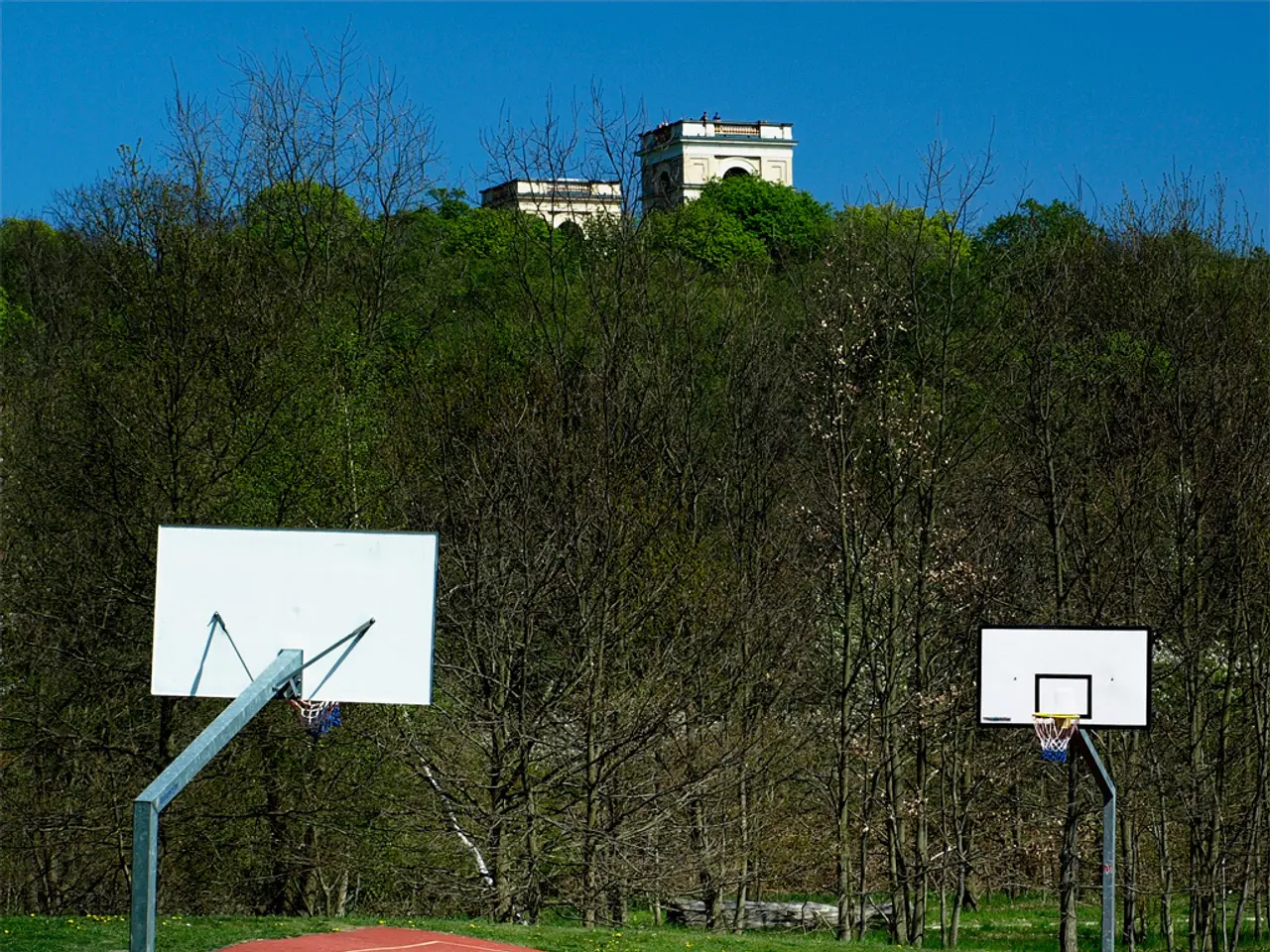Neighborhood dispute settles following an informant's input
In the picturesque district of Starnberg, Bavaria, a dispute over a towering Serbian spruce has surfaced between neighbours. The tree, standing tall and proud in Annemarie P.'s garden, has become a source of contention due to its alleged interference with TV reception.
Annemarie P., whose name has been changed for privacy reasons, is the owner of the property where the Serbian spruce resides. The tree, at least 30 years old and planted by her late husband, is a cherished part of her garden. Upon learning that the tree's removal was not imminent, Annemarie expressed relief, as she had no intention of shortening the tree. Her daughter, too, has expressed a desire for the tree to remain standing.
Rudolf Stürzer, chairman of Haus + Grund Munich, an expert in neighborhood disputes, has weighed in on the matter. According to Stürzer, the neighbor's demand for the Serbian spruce to be shortened by 15 meters may not be legally supported. German and Bavarian tree and neighbor laws typically protect property owners' rights to maintain trees on their land, unless the tree poses an immediate danger or violates specific local ordinances.
In this case, the Serbian spruce is located four to five meters away from the property border, and is further away than the distance at which a height limitation would apply according to Bavarian distance regulations. These regulations only apply to trees and shrubs less than two meters away from the property boundary.
The neighbor's main grievance is the interference with his TV reception. However, German civil law usually requires showing a significant and demonstrable harm or danger to justify tree removal. Interference with TV reception has not been widely recognized as sufficient legal grounds to force the cutting down of a tree. Instead, affected neighbours can sometimes request reasonable trimming or seek technical solutions to resolve reception issues.
Specific municipal tree preservation statutes or local regulations in Starnberg may impose additional protections for trees, especially if the tree is notable or protected. It's important to note that disputes can arise from various factors, such as shading the property, interfering with TV reception, or negative effects on the production of solar power.
In the end, while neighbours can raise complaints about interference caused by trees, demanding complete removal of a Serbian spruce in Starnberg due to TV reception interference is unlikely to be legally supported unless there is a safety risk or other overriding legal justification. Such disputes often require mediation or legal evaluation of local regulations to determine what remedies are appropriate.
It's also worth mentioning that a professional would charge at least 600 to 800 euros to shorten the Serbian spruce by 15 meters, a cost that the neighbor would need to bear. This cost, along with the legal complexities, may deter the neighbor from pursuing the tree's removal.
[1] German Tree Conservation Law [2] Bavarian Distance Regulations [3] Bavarian Tree Protection Act [4] Bavarian Neighbour Law
Annemarie P., the owner of the garden where the cherished Serbian spruce stands, has no intention of shortening the tree, as it is a significant part of her lifestyle and home-and-garden. Under the Bavarian Distance Regulations, the neighbor's demand to reduce the tree by 15 meters may not be legally supported, unless the tree poses an immediate danger or violates specific local ordinances.




